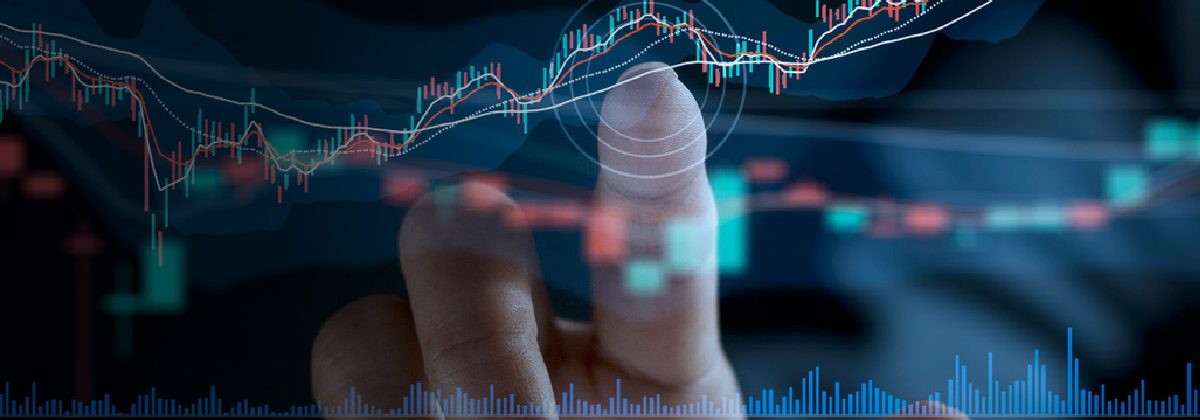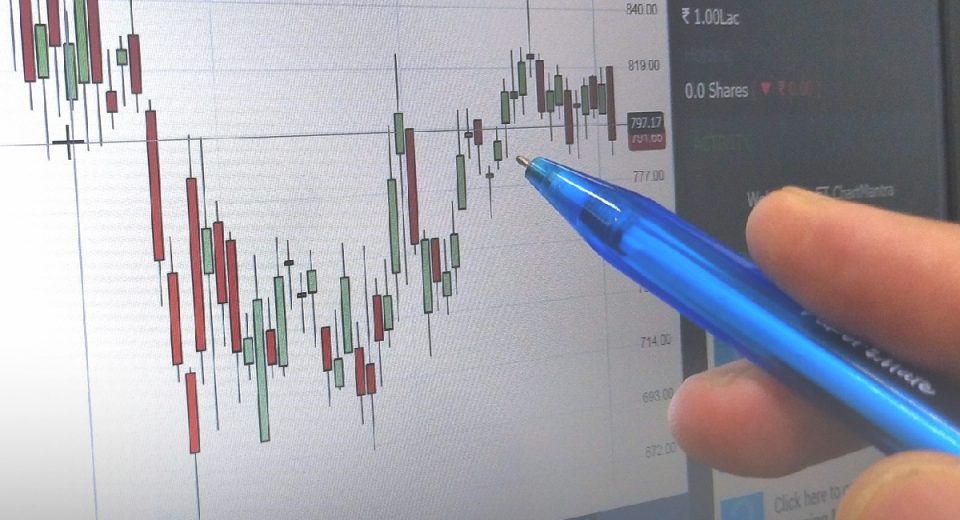Just like how we ride on certain seasonal or trending events to get the most views on social media, is there a golden period to get more liquidity and tighter spreads in forex? How long can you trade before the market hits the ceiling and plateau or even plummets?
The FX market is often referred to as “the market that never sleeps,” given its 24/5 nature. While the market is always open, there will be some periods that tend to offer better trading experiences than others. But the best time for you will depend on your trading style and strategy. Here’s what you should know about the impact of timeframe when trading currencies.
Is There a Best Time to Trade Forex?
No “best time” can guarantee better trading experiences all of the time. However, there are times when the FX market tends to see higher trading volumes and, therefore, liquidity. These are usually the times when market sessions across time zones overlap, especially the London and New York sessions.
Trading opportunities also increase due to the release of key economic data, such as the US NFP, GDP data of the countries your chosen currencies belong to, or central bank monetary policy updates, such as interest rate decisions by the ECB or Fed. Such economic data is released at regular intervals, such as weekly, monthly, quarterly, and annually. You can prepare for the market volatility associated with such data releases by following an economic calendar.
The other timeframe to keep in mind is that of your trading strategy. Are you a short-, medium- or long-term trader? This will determine which news events and economic data will most impact your chosen currency pairs. It will also determine the type of technical analysis you perform and the timeframes you use to identify potential price changes, such as trends versus breakouts.
Best Timeframes for Different Trading Styles
Here’s a deeper dive into the impact of your trading style on the timeframe to trade currencies.
Scalping
Scalpers look for small price changes to enter and exit positions within minutes. Here, the intention is to make small gains that will cumulatively surpass the losses for the day.
The timeframe for scalping can last from one minute to 15 minutes. Given the need to quickly enter and exit positions, 1-minute or 5-minute charts are popular among scalpers. However, longer charting timeframes tend to offer more reliable signals, while shorter timeframes tend to show more false moves and noise. So, as a beginner, start with 15-minute charts till you master the skill of identifying trades quickly.
Day Trading
Day traders also follow a short-term approach, although they hold positions longer than scalpers. The aim here again is to make small profits throughout the day that outweigh the losses. Multiple timeframes can be used to make decisions. For instance, you could use 60-minute charts to identify the trend, 15-minute charts to trade short-term trends or reversals, and a 5-minute chart (or even a tick chart) to see immediate price action.
As a beginner, use the longer intraday charts, such as the 4-hour chart, to familiarise yourself with identifying positions. And don’t forget to set tight stops.
Swing Trading
Since this is a medium-term trading strategy, where positions can last from a few days to several weeks, swing traders tend to focus more on daily or weekly charts to analyse broader market trends. While weekly charts are popular for recognising the primary price trend, 60-minute charts can help identify the short-term trend. Some traders also use 4-hour charts to determine medium-term trends.
Position Trading
Position traders tend to hold positions from a few weeks to several months. Also known as trend followers, this is a long-term trading strategy where weekly and monthly charts are useful.
For example, 200-day and 50-day Exponential Moving Averages (EMA) are popularly used to find trading opportunities. When the faster-moving EMA crosses the slower one from below, it is known as a golden cross and is a bullish indicator. Conversely, when the faster line crosses the slower line from above, it is known as the death cross and is a bearish signal.
With so many styles and timeframes to choose from, use a demo account to gain first-hand experience of the different times of the day to trade your preferred currencies as well as the various charting timeframes. This will help refine your trading strategy to best suit your trading goals.
To Sum Up
- While there is no single “best” timeframe to trade forex, the FX market tends to offer more trading opportunities during specific times of the day and month.
- The overlap between the market sessions with the highest activity, such as the overlap of the London and New York sessions, offers more opportunities.
- Economic data, released on a weekly, monthly, quarterly and annual basis, also leads to market volatility.
- Trading style plays a key role in determining the timeframe used in technical analysis.
- Scalpers tend to use the shortest timeframe to capture immediate price action.
- Day traders prefer charting timeframes from 15 minutes to 60 minutes.
- Swing traders require longer timeframes to analyse broader trends and, therefore, popularly use charts ranging from 60 minutes to four hours.
- Position traders hold positions for weeks or even months, which makes weekly and monthly charts popular with them.
- Practice on a demo account to understand your trading style and hone your strategy.
Disclaimer
All data, information, and materials are published and provided “as is” solely for informational purposes only and are not intended nor should be considered, in any way, as investment advice, recommendations, and/or suggestions for performing any actions with financial instruments. The information and opinions presented do not take into account any particular individual’s investment objectives, financial situation, or needs, and hence do not constitute advice or a recommendation concerning any investment product. All investors should seek advice from certified financial advisors based on their unique situation before making any investment decisions by their personal risk appetite. Blackwell Global endeavours to ensure that the information provided is complete and correct, but makes no representation as to the actuality, accuracy, or completeness of the information. Information, data, and opinions may change without notice and Blackwell Global is not obliged to update on the changes. The opinions and views expressed are solely those of the authors and analysts and do not necessarily represent those of Blackwell Global or its management, shareholders, and affiliates. Any projections or views of the market provided may not prove to be accurate. Past performance is not necessarily indicative of future performance. Blackwell Global assumes no liability for any loss arising directly or indirectly from the use of or reliance on such information herein contained. Reproduction of this information, in whole or in part, is not permitted.





